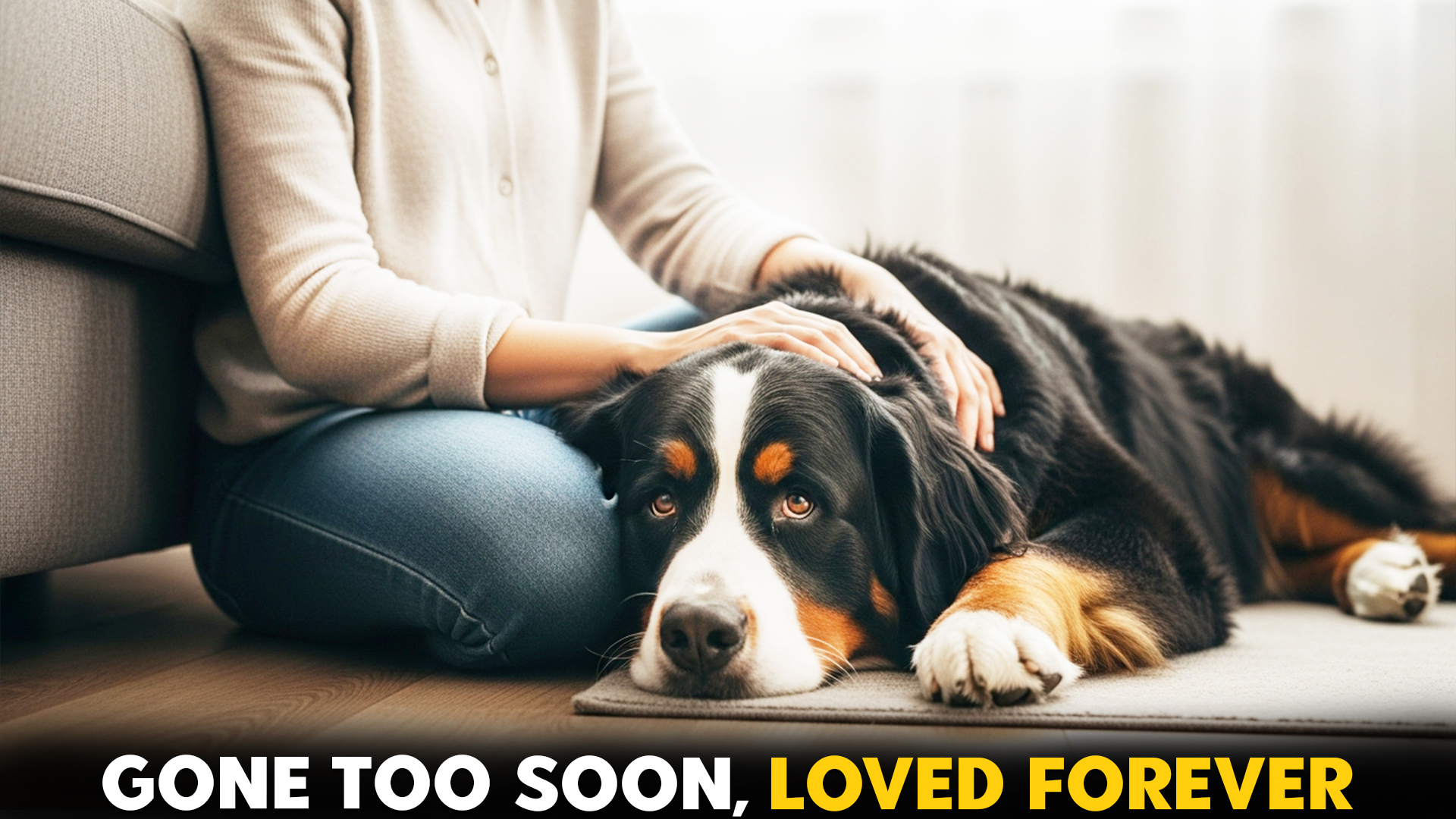Every dog lover dreams of endless years with their furry best friend—but some breeds, sadly, pack a lifetime of love into fewer years. These popular dogs may not stay by our side as long as we’d wish, yet they leave pawprints that never fade.
Known for their loyalty, courage, and joyful spirits, these breeds remind us that the measure of a life isn’t in years, but in the countless tail wags, shared adventures, and quiet moments of comfort.
Understanding which dogs have shorter lifespans helps pet parents prepare for their unique needs, offering the best care, attention, and love from day one.
Whether it’s a gentle giant who grows up too fast or a playful companion who shines brightly in a brief time, these breeds prove that even a short life can be filled with unforgettable love and devotion.
Popular Dog Breeds with Limited Lifespans
1. Great Dane
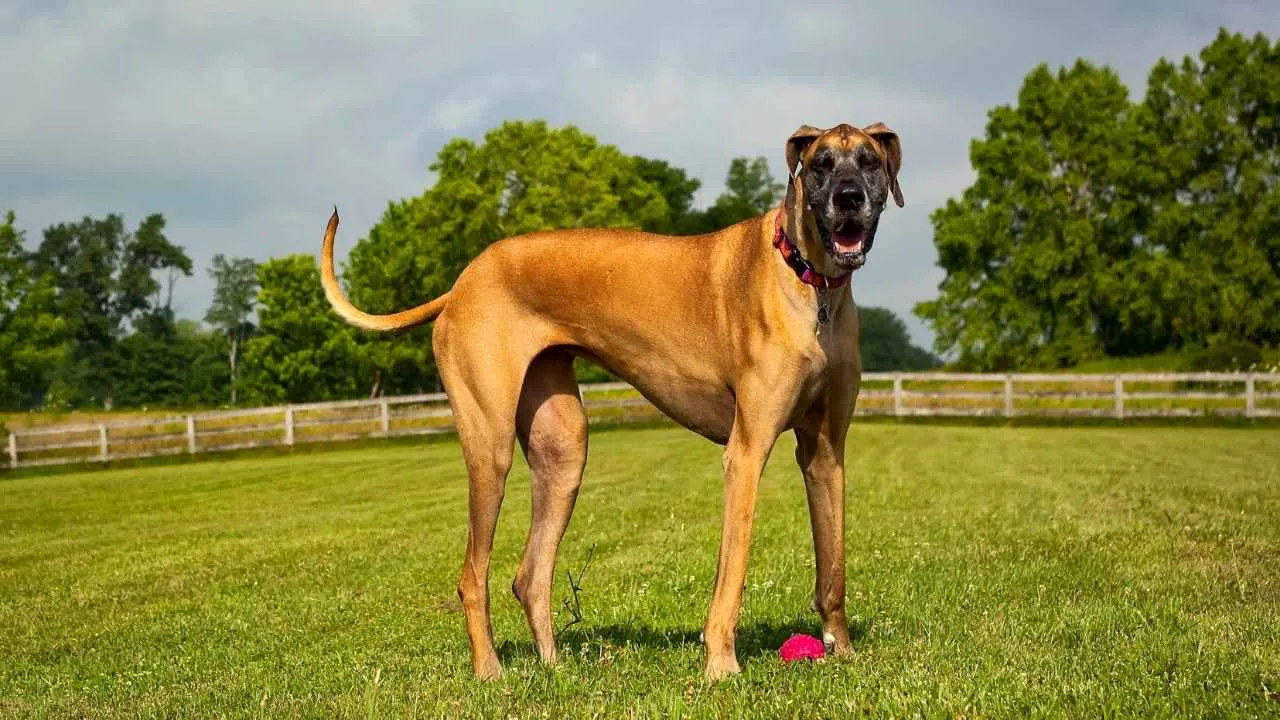
Known as the “gentle giant,” the Great Dane captures hearts with its towering stature and calm, affectionate nature.
Despite their impressive size, these dogs are known for their sweet temperament and love for human companionship. Sadly, their average lifespan is shorter than most breeds, often ranging between 7 to 10 years.
According to the Pawlicy Advisor, Great Danes thrive in spacious homes where they can stretch out comfortably.
Regular walks and moderate exercise help keep them strong without overstraining their large frames. Due to their size, joint health and weight management are key to supporting a longer, healthier life.
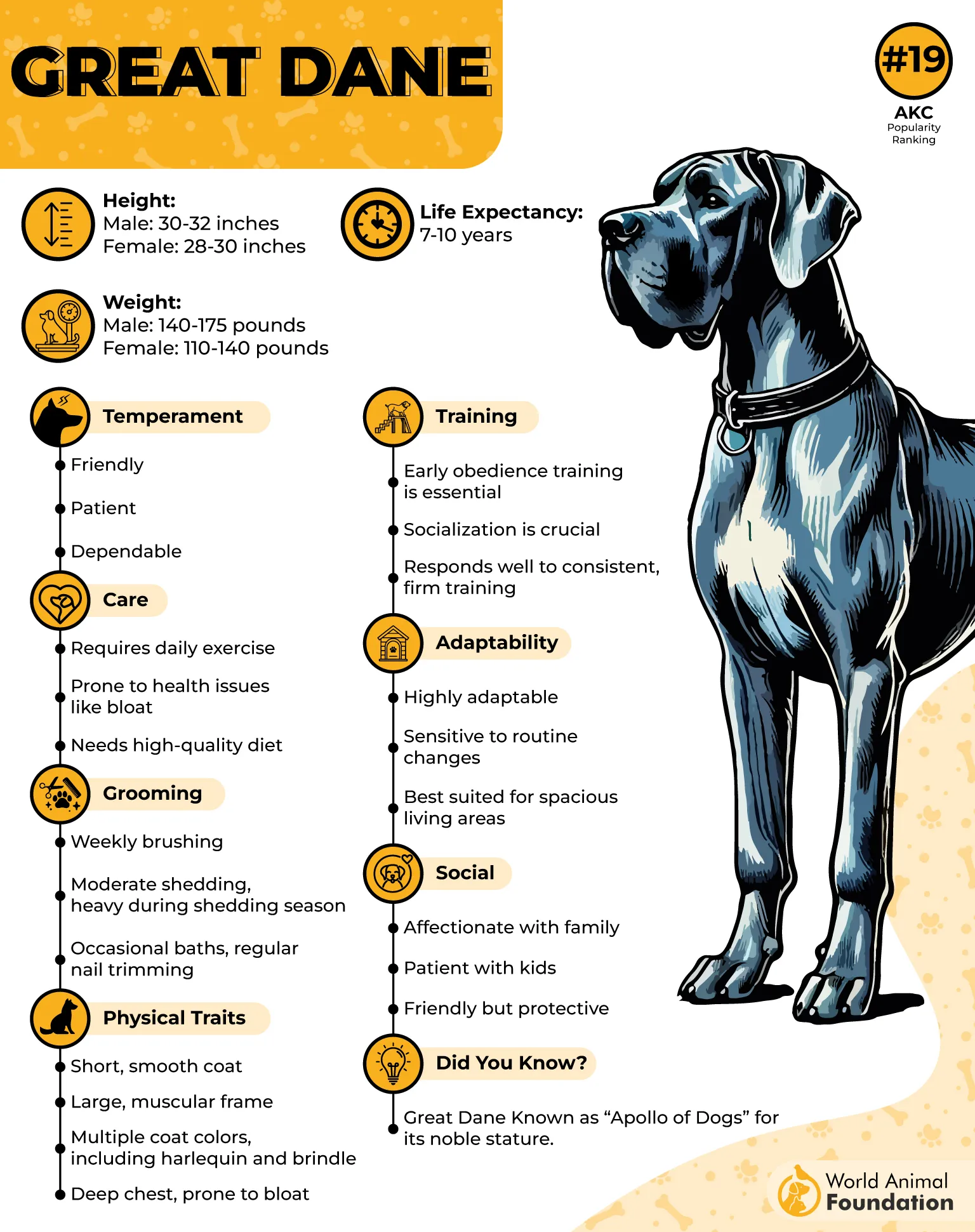
Their affectionate personalities make them excellent family dogs, forming deep bonds with children and adults alike. Though gentle, their size requires careful supervision around small kids to prevent accidental bumps. Consistency and positive reinforcement are ideal for training these sensitive giants.
Grooming a Great Dane is simple, weekly brushing keeps their short coat clean and their skin healthy. Regular vet visits are essential to monitor for common large-breed health conditions such as heart issues and bloat. Early preventive care greatly improves their quality of life.
Quick Tips
Provide daily moderate exercise and joint support.
Feed smaller, frequent meals to reduce bloat risk.
Schedule regular vet checkups for heart and bone health.
2. Bernese Mountain Dog
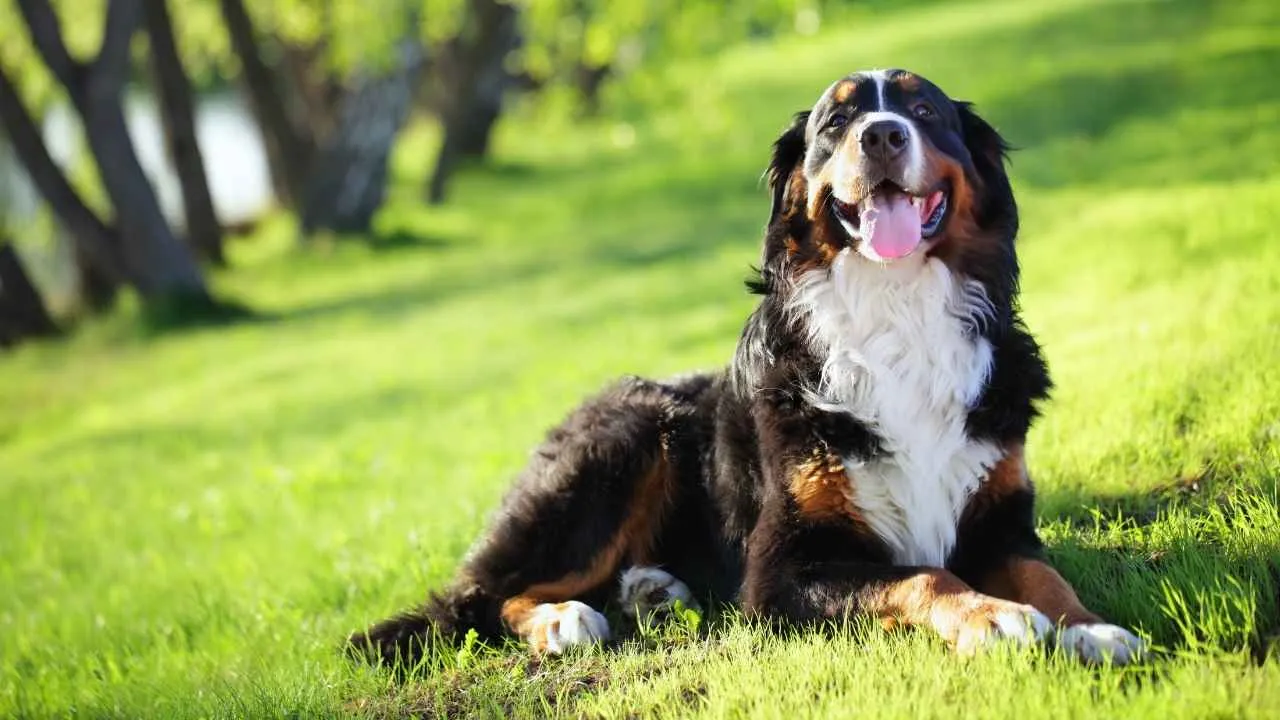
The Bernese Mountain Dog is a beloved large breed known for its tricolor coat, gentle spirit, and loyal heart. Originally bred as a working farm dog in the Swiss Alps, it’s both strong and affectionate. Unfortunately, its average lifespan is around 7 to 9 years, one of the shortest among family-friendly breeds.
These dogs are well-suited to cool climates and enjoy being outdoors. Regular walks and moderate activity keep them fit without overexertion. Because of their thick coats, daily brushing helps prevent matting and keeps shedding under control.
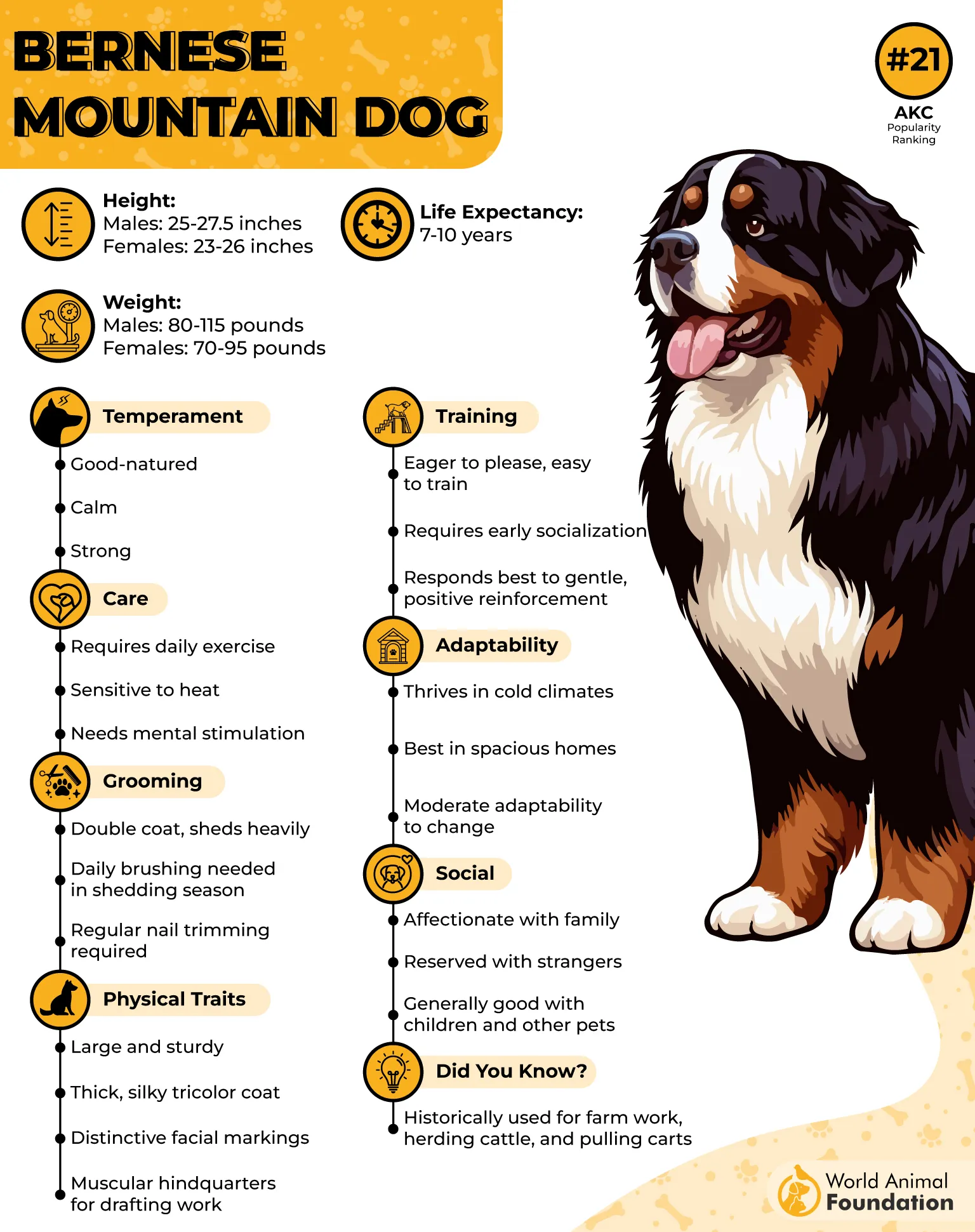
Bernese Mountain Dogs are incredibly affectionate and thrive when included in family life. They bond deeply with their owners and are particularly gentle with children. Their calm and patient nature makes them excellent companions for loving households.
As per WebMD, health concerns such as hip dysplasia and certain cancers contribute to their shorter lifespans. Regular veterinary care and maintaining a healthy weight can help extend their years. Awareness of early symptoms allows timely treatment and better outcomes.
Quick Tips
Provide gentle, consistent exercise and cool resting spaces.
Brush daily to manage shedding.
Monitor weight and schedule regular vet screenings.
3. Irish Wolfhound
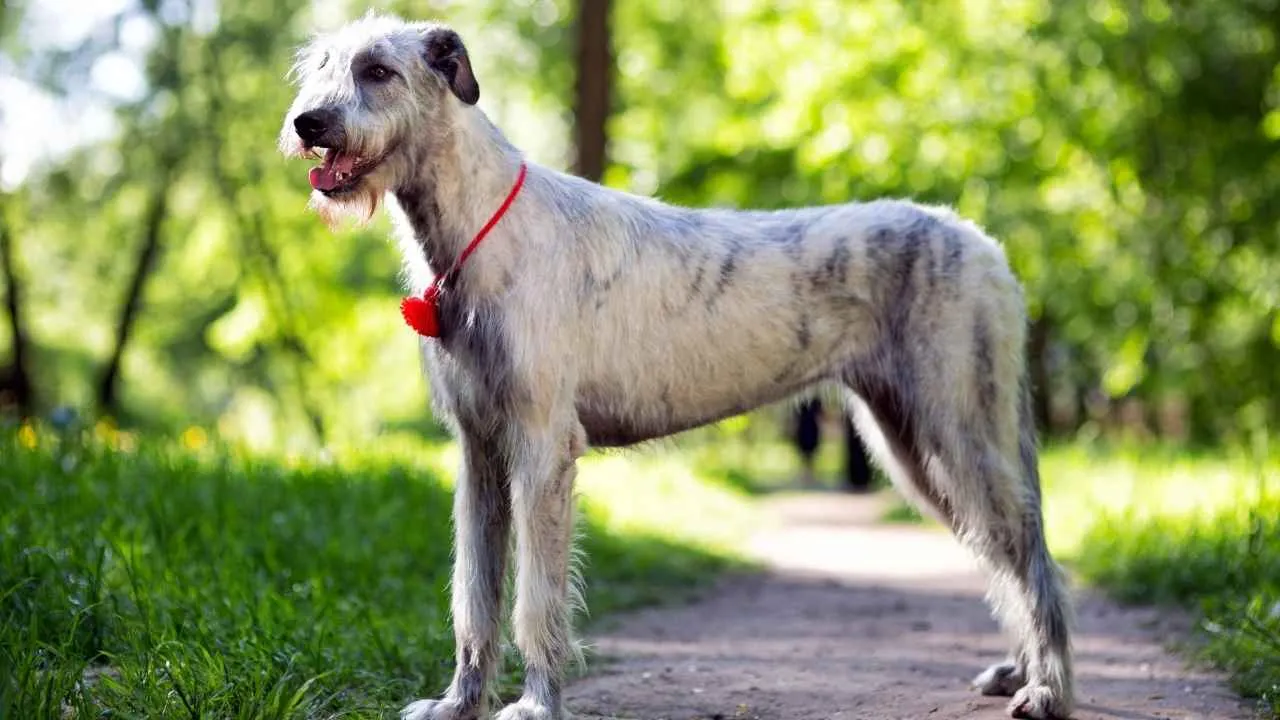
The Irish Wolfhound, once bred to hunt large game like wolves and deer, is both a noble guardian and a gentle companion. Standing among the tallest dog breeds, it boasts a calm, affectionate demeanor that endears it to families worldwide. Sadly, its lifespan averages just 6 to 8 years.
Despite their imposing size, Irish Wolfhounds are incredibly gentle and patient, making them wonderful around older children and adults. They form close emotional bonds and often prefer quiet companionship over constant activity. Because of their size, they thrive best in spacious environments.
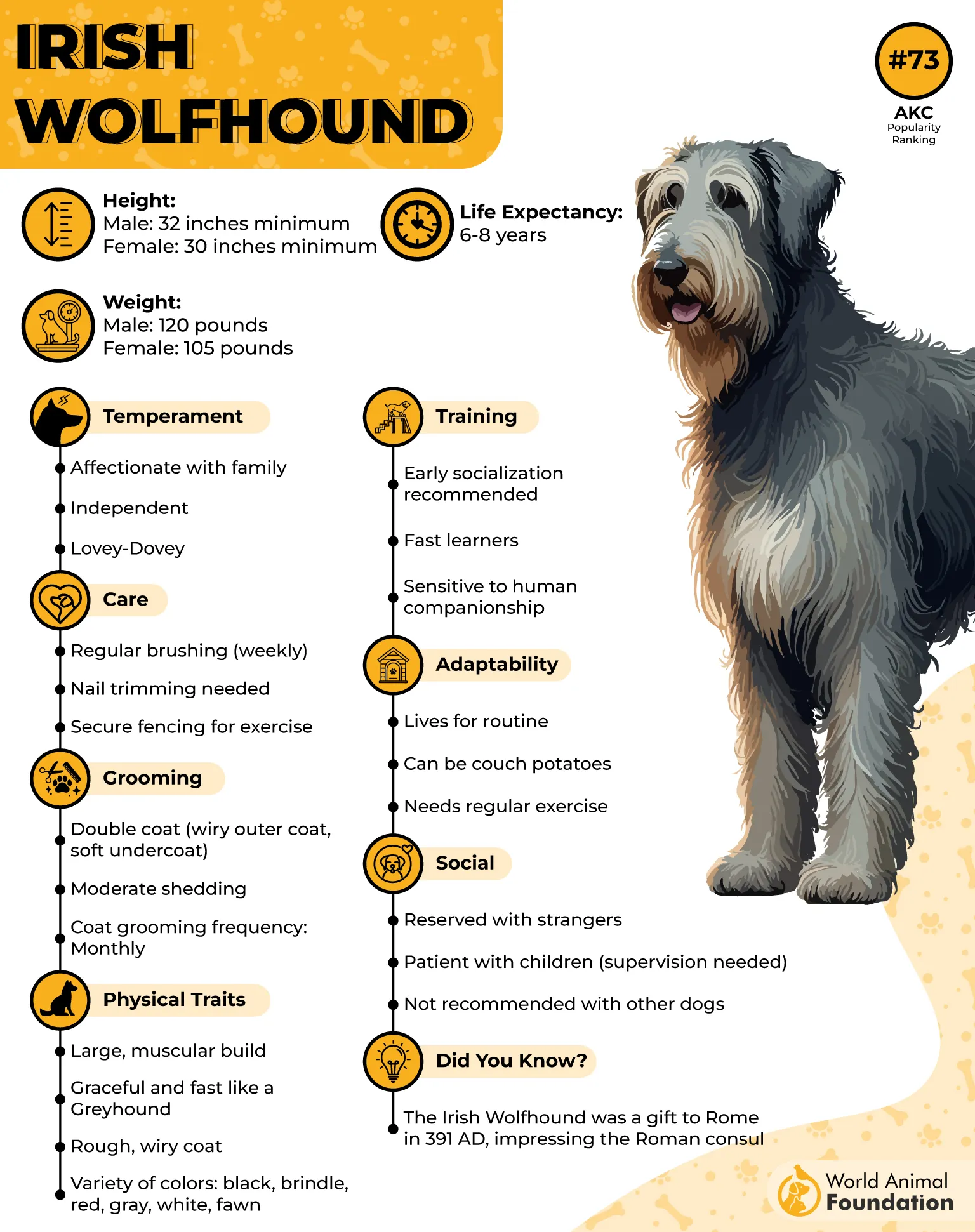
Regular, low-impact exercise is crucial for maintaining their health without straining joints. Their wiry coats need weekly brushing to keep them clean and free of debris. Balanced nutrition and joint supplements can support their large frames throughout life.
According to the Irish Wolfhound Club of America, common health issues include heart disease and bone-related conditions. Frequent vet visits and early screenings can help manage these risks. Careful attention to diet and activity helps prolong their comfort and vitality.
Quick Tips
Offer gentle walks and spacious living areas.
Brush coat weekly and keep nails trimmed.
Schedule heart and joint health checkups.
4. Newfoundland
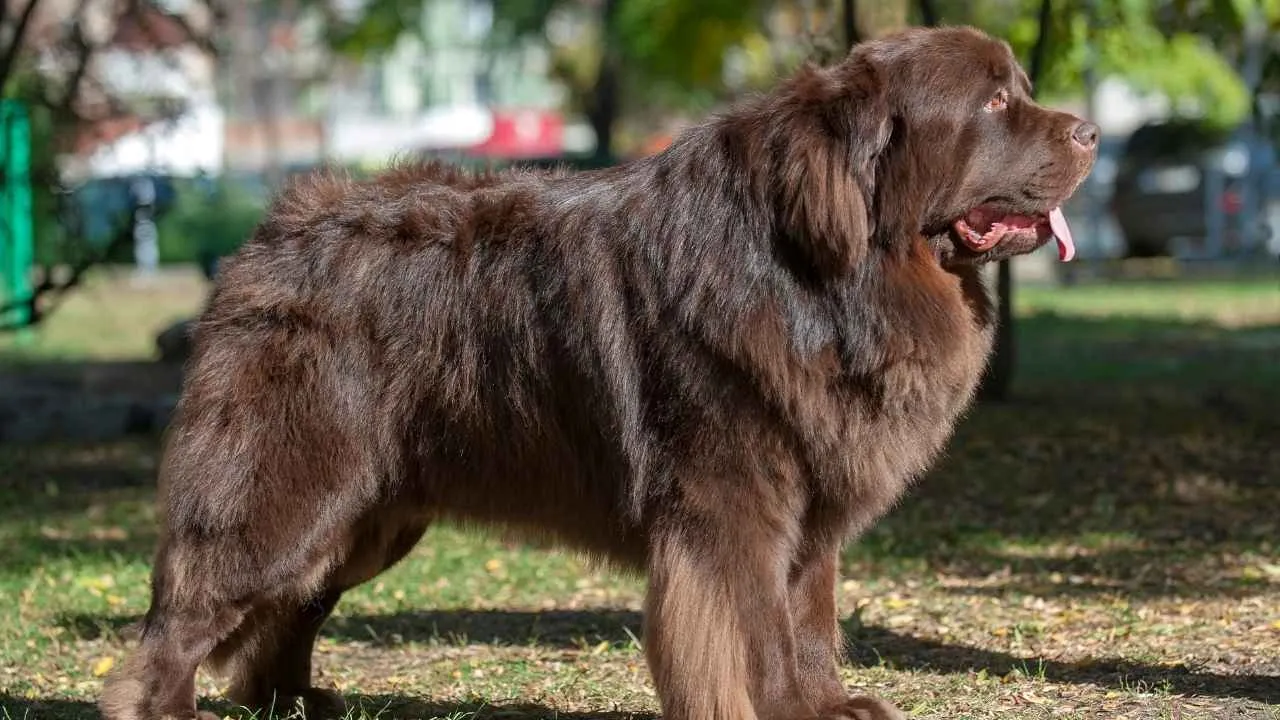
The Newfoundland is a gentle giant celebrated for its strength, loyalty, and sweet disposition. Originally bred as a working water rescue dog, it remains one of the most affectionate large breeds. Sadly, like many big dogs, its lifespan averages around 8 to 10 years.
Known for their thick, water-resistant coats, Newfoundlands require consistent grooming to keep their fur clean and healthy. Weekly brushing prevents matting, and extra care is needed during shedding seasons. Regular baths maintain their lush coats and skin health.
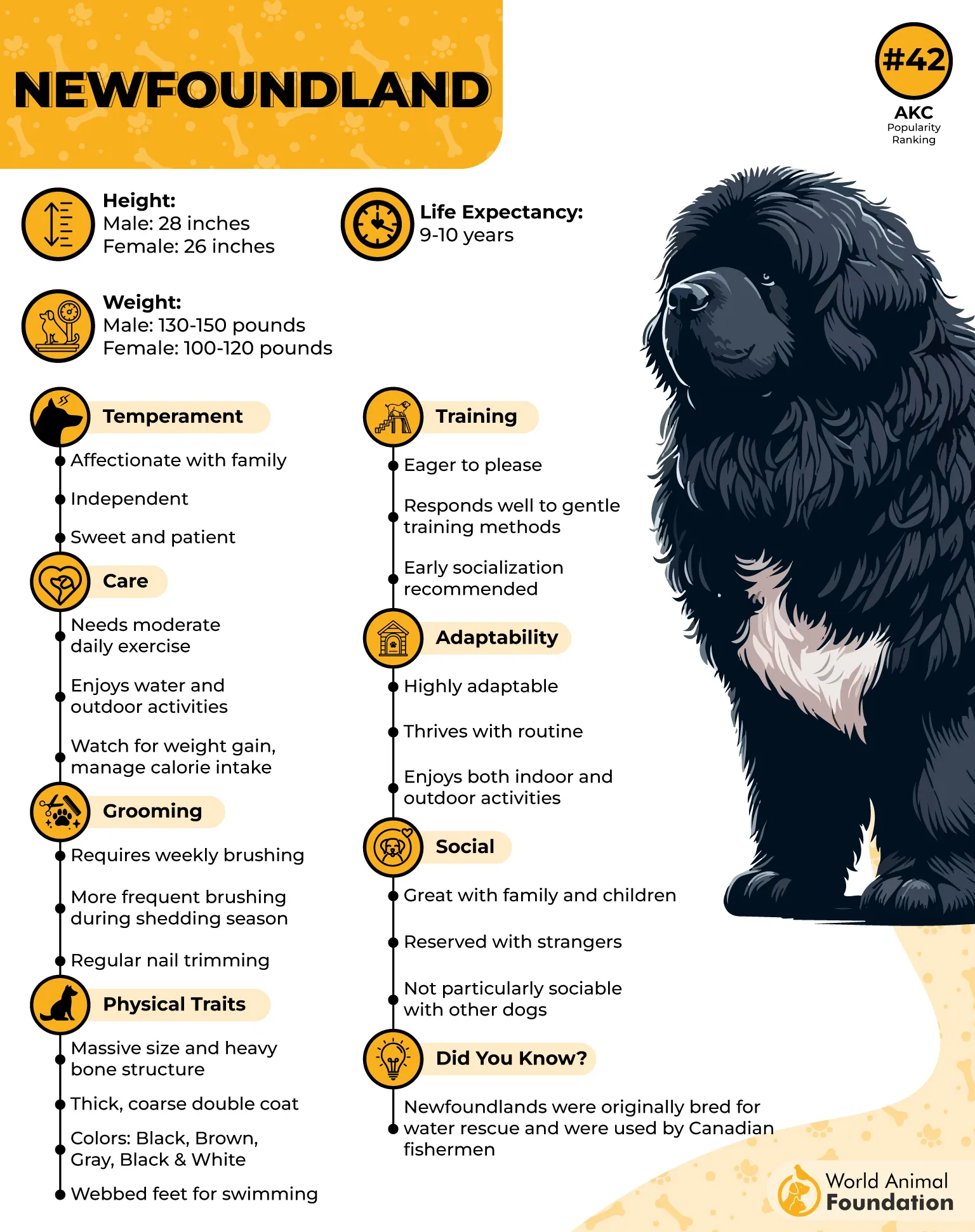
Despite their massive size, Newfoundlands are calm, patient, and wonderful with children. Their gentle nature and protective instincts make them ideal family companions. They enjoy regular walks and swimming, which help maintain muscle tone without overexertion.
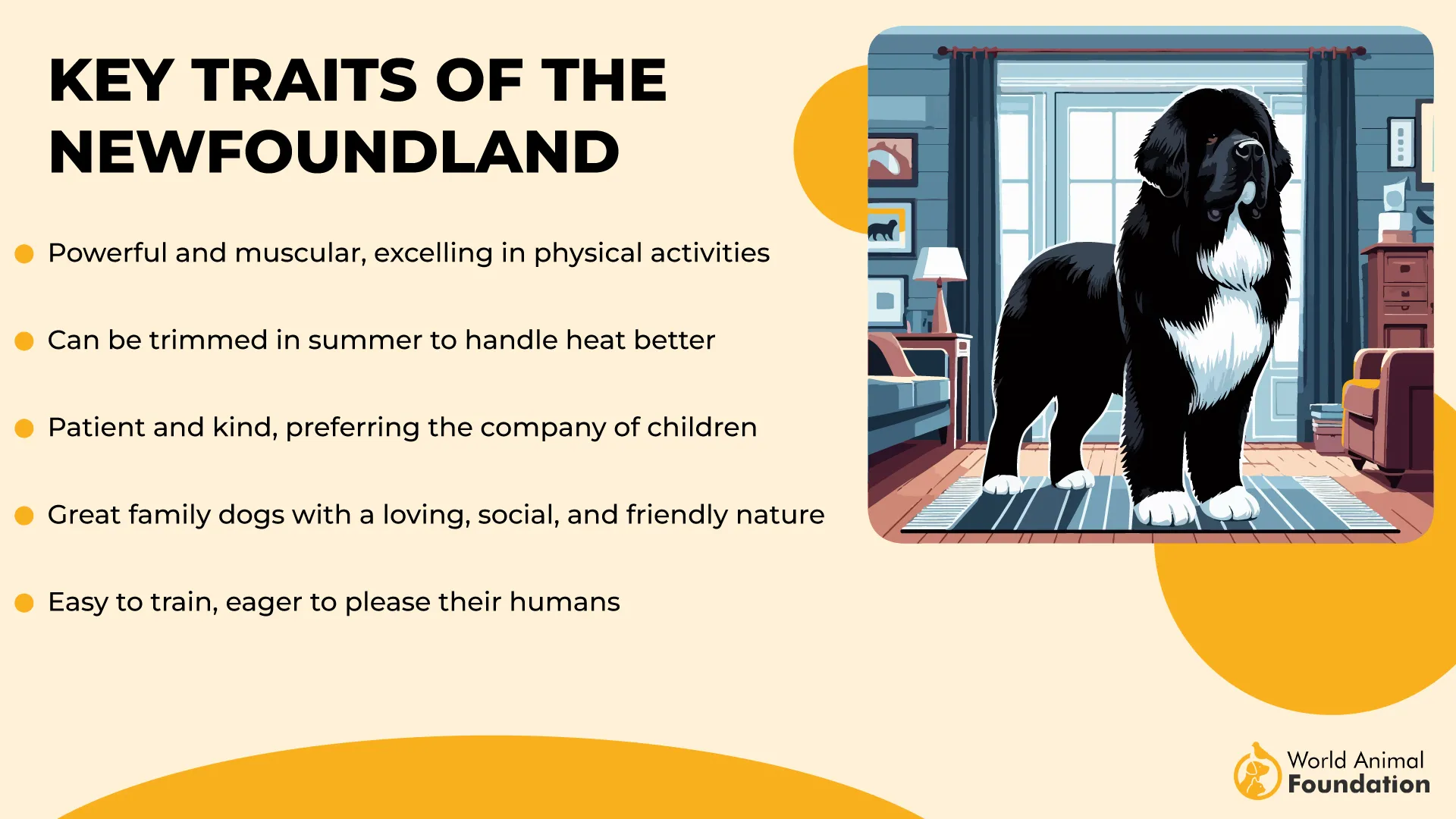
Because of their size, they’re prone to heart issues, hip dysplasia, and joint problems. Balanced nutrition, weight control, and veterinary checkups support their overall well-being. Cool resting areas help them stay comfortable, especially in warmer climates.
Quick Tips
Brush weekly and bathe regularly.
Provide gentle exercise like swimming.
Monitor heart and joint health routinely.
5. Saint Bernard
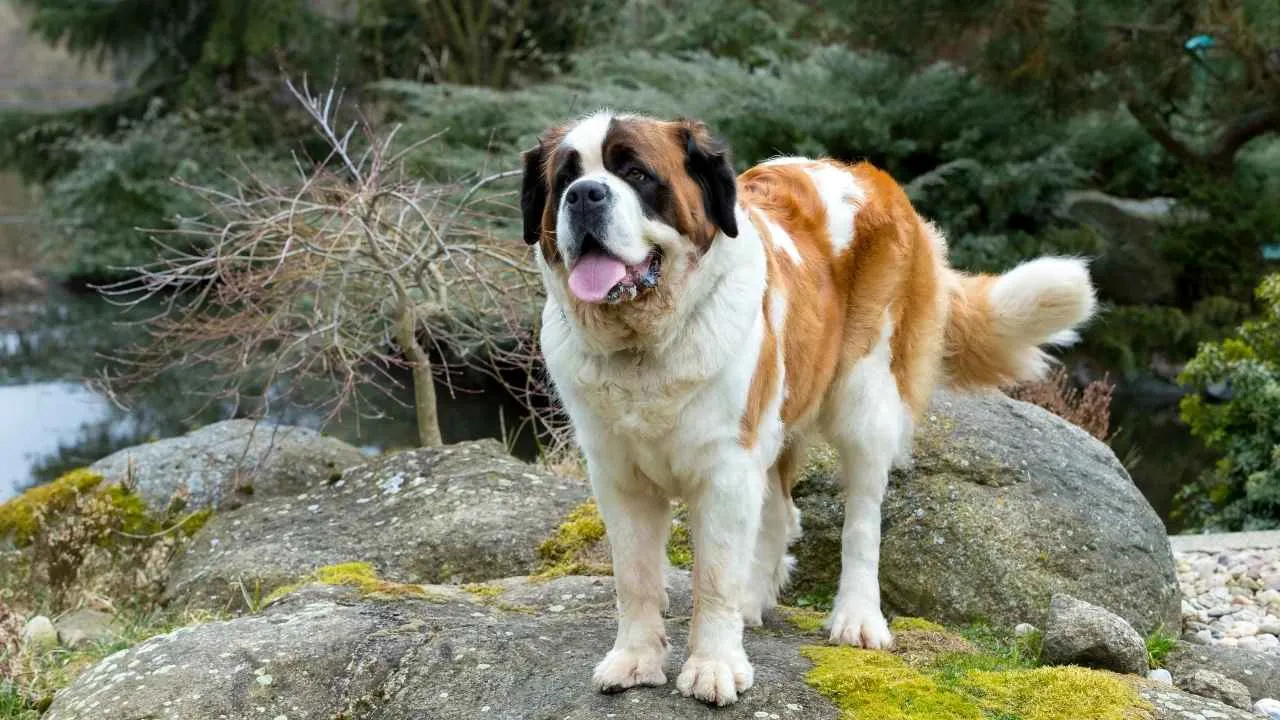
The Saint Bernard is a legendary gentle giant, famous for its life-saving history in the Swiss Alps. With a heart as big as its frame, this affectionate breed loves family life and human companionship. However, its impressive size contributes to a limited lifespan, typically ranging from 8 to 10 years.
Despite their strength, Saint Bernards are calm, patient, and remarkably gentle—especially with children. Their even temper and loving nature make them excellent family companions. Early training and socialization help them develop into well-mannered, confident adults.
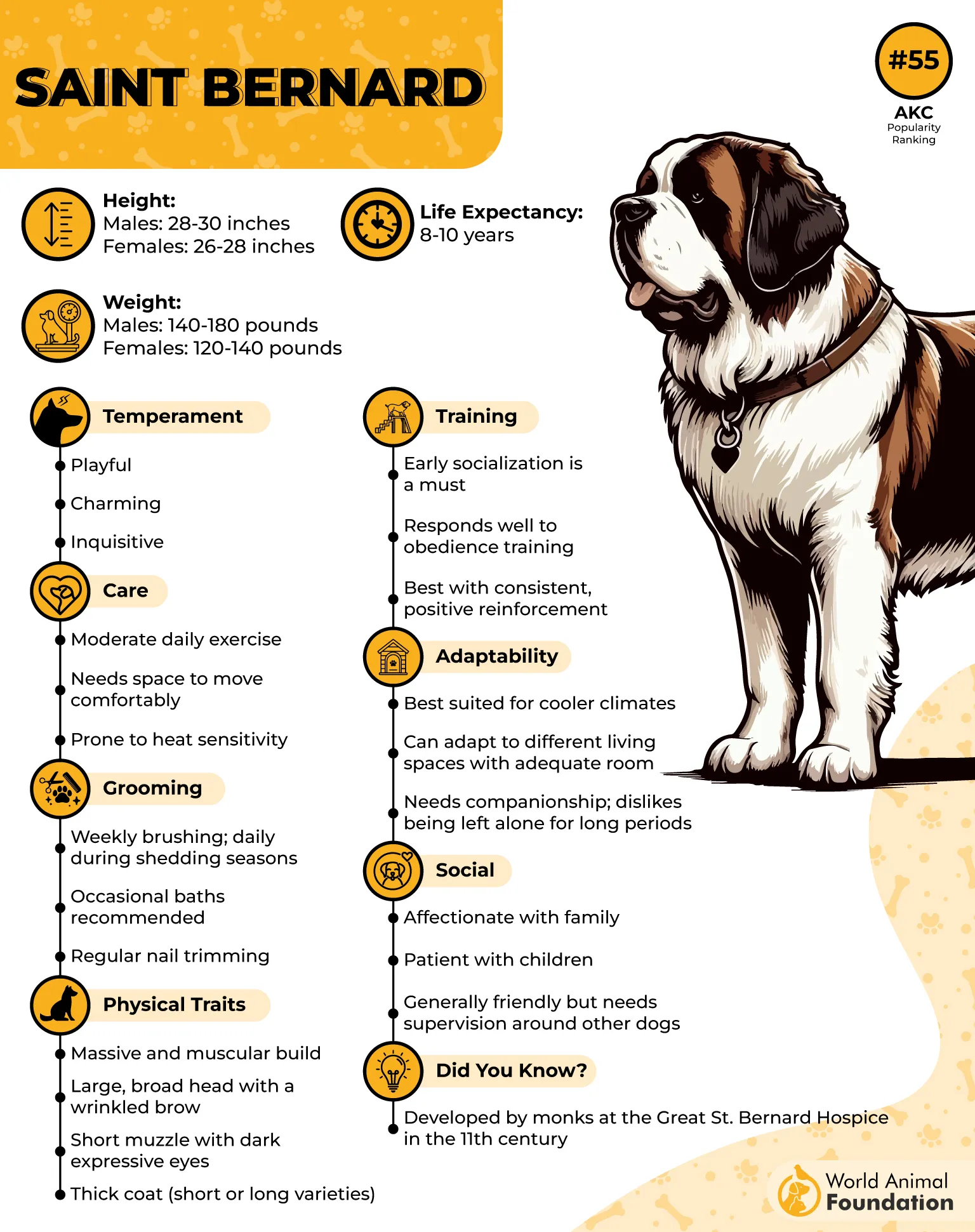
Grooming needs depend on coat type, but both smooth and rough coats require regular brushing to manage shedding. Bathing and ear cleaning keep them fresh and comfortable. Their drooling may need occasional cleanup, especially after meals or playtime.
Health challenges such as hip dysplasia, bloat, and heart conditions can shorten their lives. Regular vet visits, balanced nutrition, and weight control are vital for longevity. Light daily exercise helps maintain mobility without putting stress on their joints.
Quick Tips
Provide gentle daily exercise and joint support.
Brush coat weekly and clean ears regularly.
Monitor diet and schedule frequent health checkups.
6. Rottweiler
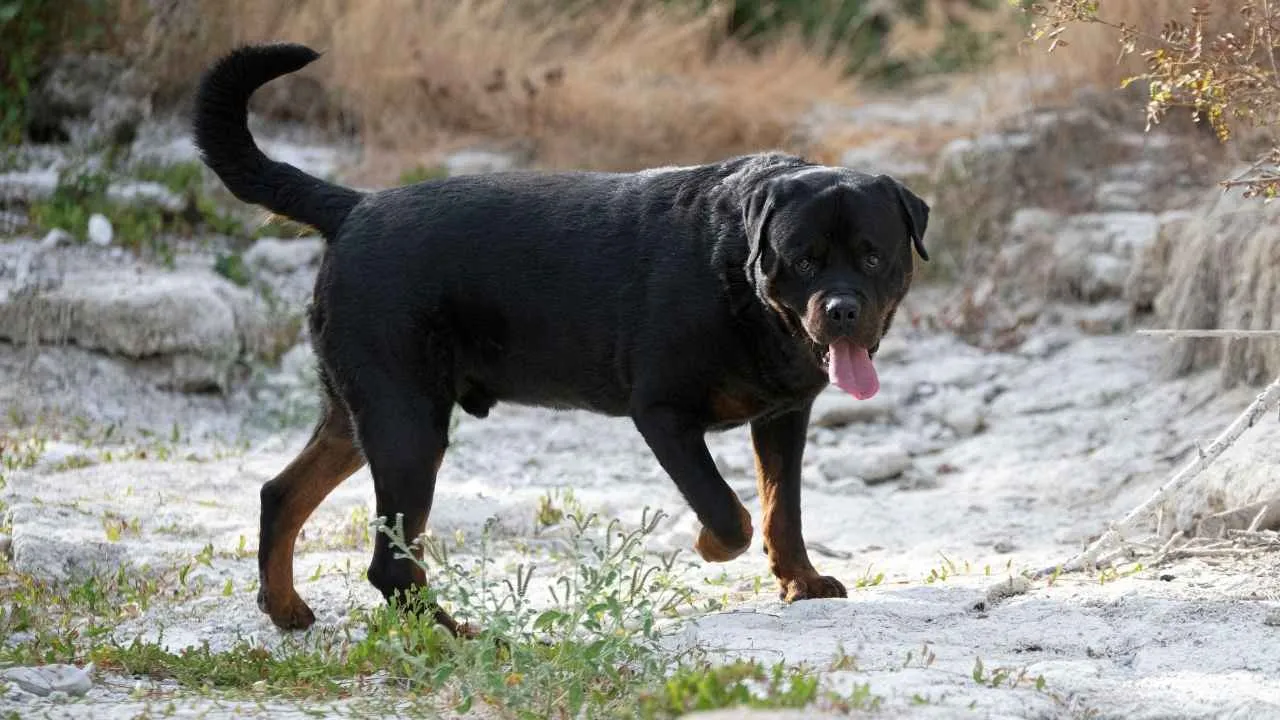
The Rottweiler is a confident, loyal, and protective breed with a strong work ethic and deep devotion to its family.
While admired for its courage and intelligence, this powerful dog often has a shorter lifespan, averaging between 8 to 10 years. Their size and muscular build contribute to certain health challenges common in large breeds.
Originally bred for herding and guarding, Rottweilers are versatile working dogs who thrive on structure and purpose. They’re happiest when mentally stimulated and engaged in regular training. Consistent guidance builds their confidence and strengthens their bond with their owners.
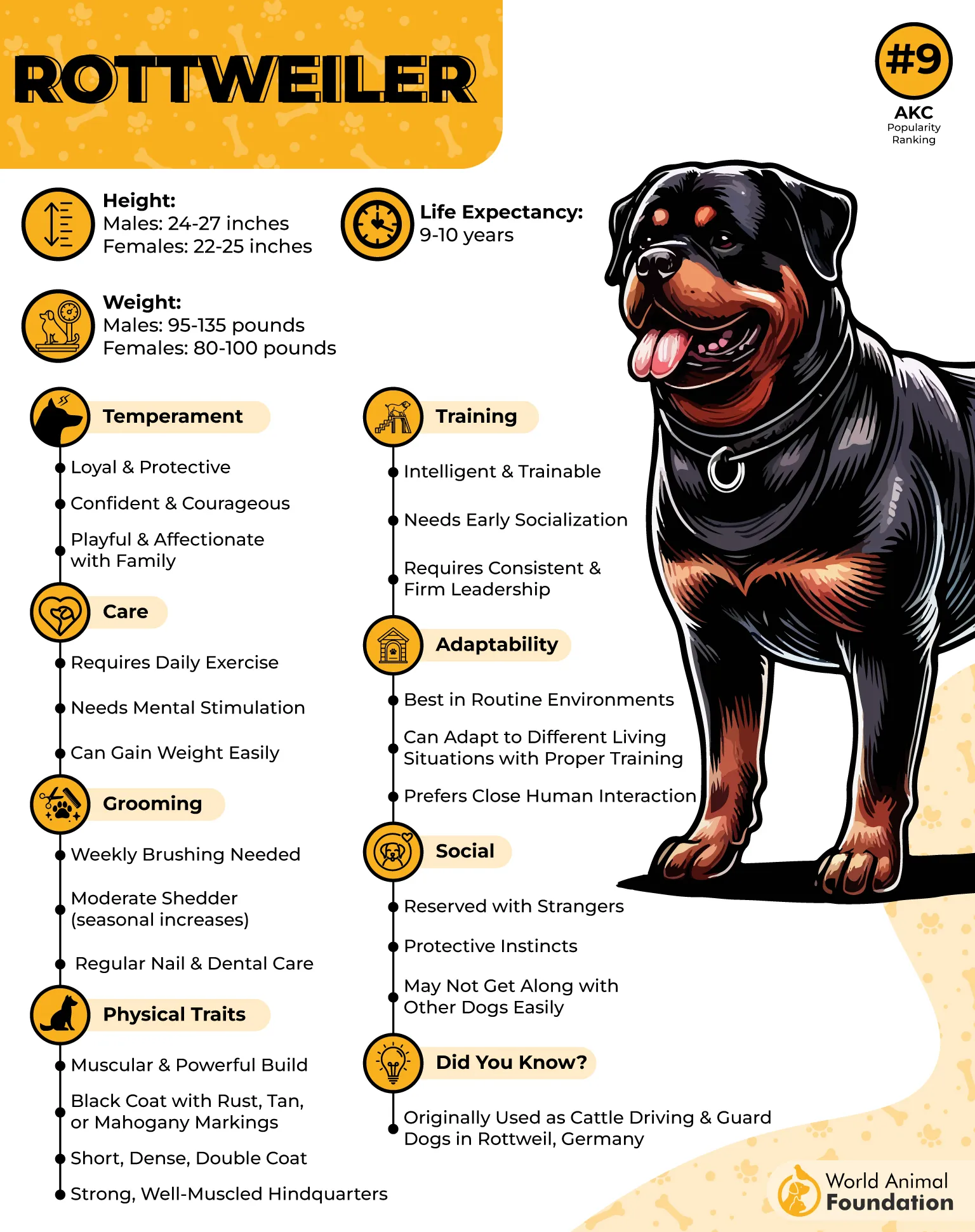
Their short, dense coat is easy to maintain—weekly brushing keeps it glossy and reduces shedding. Because of their athletic nature, Rottweilers need daily exercise to stay fit and content. A mix of walks, obedience drills, and playtime suits their energetic spirit.
Health concerns like hip dysplasia, heart conditions, and certain cancers can affect their longevity. A nutritious diet and proactive vet care are essential for extending their healthy years. Early screening and maintaining lean body weight greatly benefit their overall well-being.
Quick Tips
Combine physical exercise with mental training.
Feed a balanced diet to support joint and heart health.
Brush weekly and schedule routine health screenings.
7. Bullmastiff
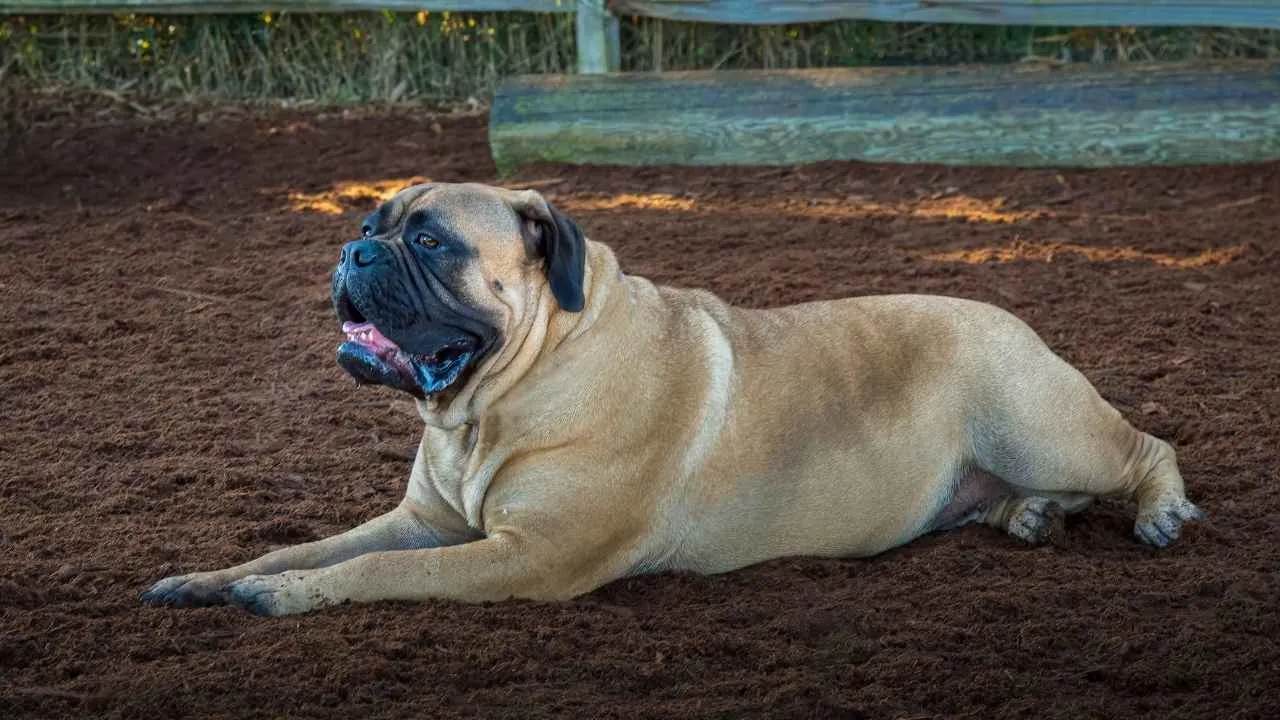
The Bullmastiff is a powerful yet affectionate guardian, known for its loyalty and calm temperament. Bred as a gamekeeper’s protector, this breed combines strength with sensitivity, forming deep bonds with its family. Unfortunately, like many giant breeds, the Bullmastiff’s lifespan is limited, typically around 7 to 9 years.
These dogs are affectionate and steady, making them wonderful companions for families and individuals alike. Despite their size, they’re gentle at home and protective when needed. Early training and socialization ensure they grow into well-mannered adults.
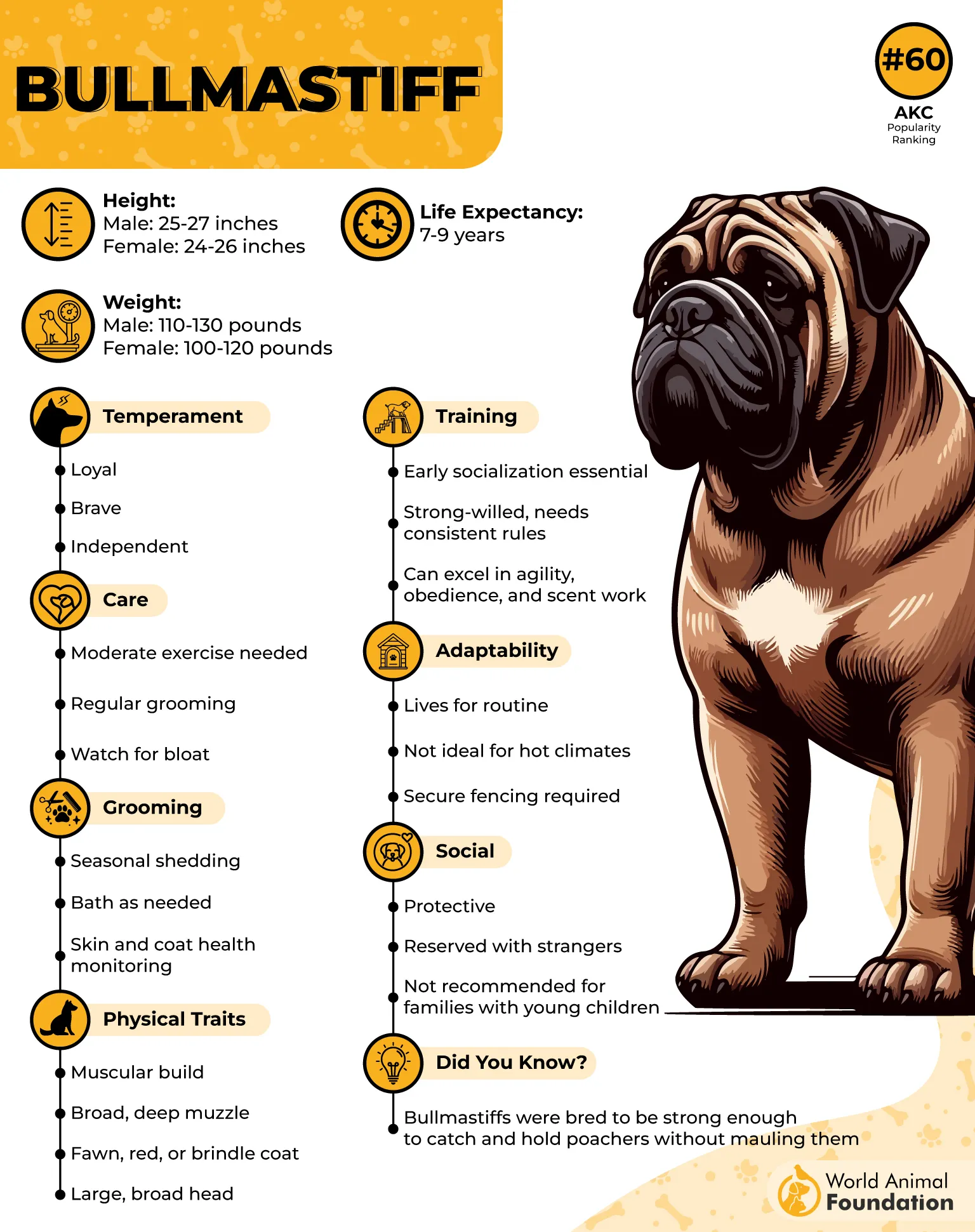
Bullmastiffs have short coats that are easy to groom—regular brushing removes loose hair and keeps their skin healthy. Due to their size, daily walks and light exercise maintain fitness without straining joints. They thrive on a calm, consistent routine with plenty of affection.
Health issues such as hip and elbow dysplasia, heart problems, and certain cancers can affect their longevity. Balanced nutrition, weight control, and regular vet care help reduce risks. Providing a supportive bed and joint supplements can improve comfort in later years.
Quick Tips
Offer light daily exercise and avoid overexertion.
Brush coat weekly to maintain healthy skin.
Schedule regular vet checks for joint and heart health.
FAQs
1. Why do large dog breeds tend to live shorter lives than small ones?
Large dogs age faster because their sheer size places greater strain on organs, joints, and bones. They’re at higher risk of joint issues, bone cancer, and other serious health problems that can shorten their lifespan compared to smaller dog breeds.
2. Can you extend the lifespan of short-lived dog breeds through better care?
Yes, a balanced diet tailored to their size, regular grooming, and consistent dental care can make a big difference. Preventing obesity, managing potential health issues, and providing daily play and mental health support help pups live their best life.
3. Are genetics the main reason some breeds have limited lifespans?
Genetics play a major role, but proper diet, weight control, and early detection of common health concerns like canine hip dysplasia or gastric torsion also matter. With attentive care and regular vet visits, even dogs with higher risk can enjoy more active, fulfilling years.
Conclusion
Large dog breeds often face many health problems linked to their size, including joint issues, spinal disease, and bone cancer. Their sheer size accelerates aging, but with proper diet, regular grooming, and early treatment of common health concerns, prospective dog owners can help their canine companions thrive. A balanced diet tailored to their energy levels and lifestyle, along with dental care and mental health enrichment, greatly improves quality of life.
Smaller dogs generally live long, healthier lives, but all animals benefit from love, attention, and preventative care. Other dog breeds such as the Cavalier King Charles Spaniel, Yorkshire Terriers, French Bulldogs, Scottish Deerhound, and American Bulldog may also face various health problems, yet with commitment and care, every pup can enjoy their best life—no matter their age.


